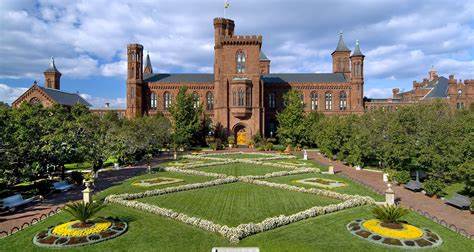The Lucrative Realm of Landscape Architecture
Landscape architecture, often regarded as the marriage between art and environmental science, plays a vital role in shaping the outdoor spaces that surround us. From designing urban parks and public plazas to crafting private gardens and sustainable landscapes, landscape architects have a significant impact on our physical environment. Besides the creative and ecological satisfaction that the profession brings, a crucial aspect that often sparks interest is the architecture salary landscape. In this article, we delve into the world of landscape architecture salaries, exploring trends and factors that contribute to the earnings of professionals in this field.
Contents
The Dynamic Salary Range
The salary landscape for landscape architects can be dynamic and vary significantly based on several factors, such as experience, education, geographic location, and the type of employer. Entry-level landscape architects typically earn a moderate income, which grows with time and accumulated expertise. Mid-career professionals tend to see substantial increases in their salaries, while those who have established themselves as experts in the field may command higher-than-average compensation.
Educational Influence
Education serves as a cornerstone for career growth and earning potential. Landscape architects with bachelor’s degrees are generally on the lower end of the salary spectrum. On the other hand, those who pursue advanced degrees, such as a master’s in landscape architecture or related disciplines, often find themselves in a more favorable salary position. These advanced degrees not only enhance expertise but also open doors to higher-paying roles in academia, research, and specialized design firms.
Geographic Impact
The geographic location of employment significantly impacts landscape architecture salaries. Metropolitan areas or regions with a higher cost of living often offer higher compensation to account for the increased expenses. Urban centers with a strong demand for innovative landscape design and sustainable development also tend to provide more lucrative opportunities. Conversely, rural areas may offer lower salaries, but they might also provide a lower cost of living.
Employer Type
The type of employer can also influence earning potential. Landscape architects can work in a variety of settings, including private design firms, government agencies, non-profit organizations, and even as self-employed consultants. Each sector offers a distinct salary structure. Private design firms, especially those with a reputation for prestigious projects, might offer competitive salaries and benefits. Government positions, while often more stable, might have salary scales that are influenced by public budgets.
Industry Outlook
As environmental sustainability and green spaces gain increasing importance in urban planning, the demand for skilled landscape architects is expected to remain steady or even grow. This could positively impact landscape architecture salaries, as the demand for expertise in sustainable design and ecological restoration increases.
Landscape architecture, beyond its artistic and ecological significance, presents a range of salary opportunities that are influenced by various factors. While entry-level landscape architects might start with moderate earnings, those who are committed to advancing their education, gaining experience, and targeting regions with a strong demand for their skills can significantly enhance their earning potential. As the world recognizes the importance of well-designed outdoor spaces, landscape architects are poised to contribute not only to the aesthetic appeal of our surroundings but also to their functionality and sustainability.



